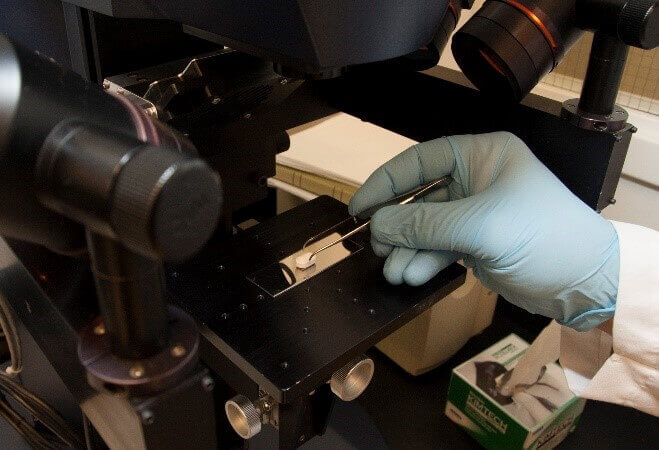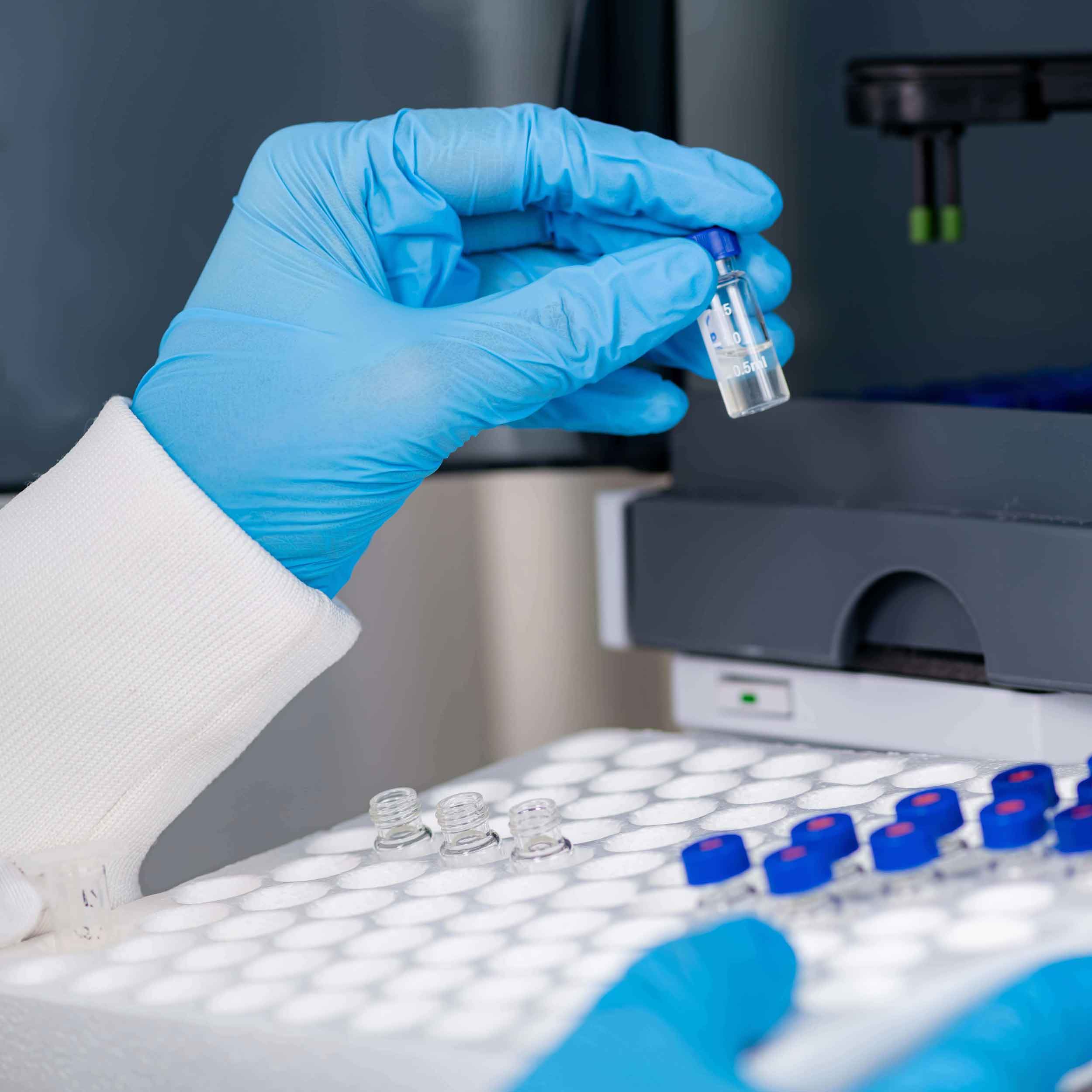
Aug 20, 2020
Bioavailability is referred to as the extent and rate to which the active drug ingredient or active moiety from the drug product is absorbed and becomes available at the site of drug action. The relative bioavailability in terms of the rate and extent of drug absorption is considered predictive of clinical outcomes. In 1984, the United States Food and Drug Administration (FDA) was authorized to approve generic drug products under the Drug Price Competition and Patent Term Restoration Act based on evidence of average bioequivalence in drug absorption through the conduct of bioavailability and bioequivalence studies.
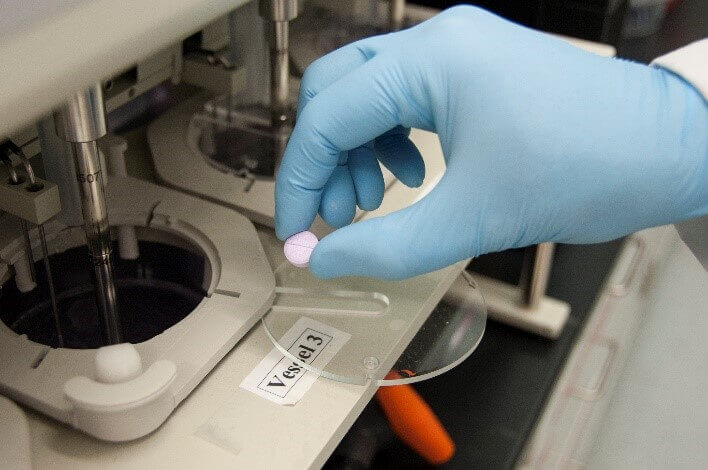
The extent and rate of drug absorption are usually measured by the area under the blood or plasma concentration-time curve (AUC) and the maximum concentration (Cmax), respectively. For drug products that are not intended to be absorbed into blood-stream, bioavailability may be assessed by measurements intended to reflect the rate and extent to which the active ingredient or active moiety is absorbed and becomes available at the site of action. A comparative bioavailability study refers to the comparison of bio availabilities of different formulations of the same drug or different drug products. When two formulations of the same drug or two drug products are claimed bioequivalent, it is assumed that they will provide the same therapeutic effect or that they are therapeutically equivalent.
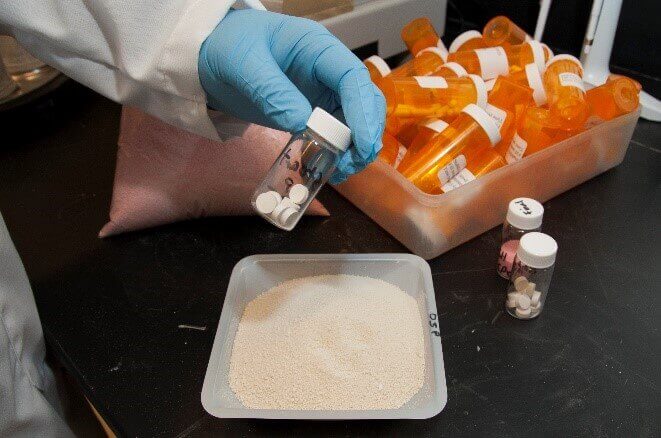
Bioequivalence assessment is considered as a surrogate for clinical evaluation of the therapeutic equivalence of drug products. A typical process for bioequivalence assessment is to conduct a bioequivalence study with male healthy volunteers under the assumption that bioequivalence (relative bioavailability) of the drug product under investigation is predictive of clinical outcomes (i.e., safety and efficacy) of the drug product in clinical trials. A bioequivalence study is often conducted utilizing a crossover design that allows comparison within individual subjects, i.e., each subject is at his/her own control. On the basis of the pharmacokinetic (PK) data collected, bioequivalence can then be assessed using valid statistical methods according to some pre-specified regulatory criteria for bioequivalence. As indicated by the FDA, an approved generic drug product can be used as a substitute for the brand-name drug. The assumption that relative bioavailability is predictive of clinical outcomes, criteria for bioequivalence, basic considerations for conduct of a bioequivalence study such as study design, sample size, and statistical methods, current issues including one-size-fits-all criterion and drug interchangeability, and recent development such as bioequivalence assessment for highly variable drugs (HVDs) should be carefully studied and considered during the process of effective drug development.
1. Bioavailability data provide an estimation of the fraction of the drug absorption, distribution, metabolism, excretion, and the effects of food on the absorption of the drug, dose proportionality, or linearity in the pharmacokinetics of the active moieties and when appropriate inactive moieties.
2. BA provides useful information to establish dosage regimens and to support drug labelling, such as distribution and elimination characteristics of the drug.
3. Bioavailability of drug product aids in the FDA’s evaluation of the safety and effectiveness of a product in an IND, NDA, or NDA supplements.
4. The Bioavailability of formulations used in drug development may be needed to compare:
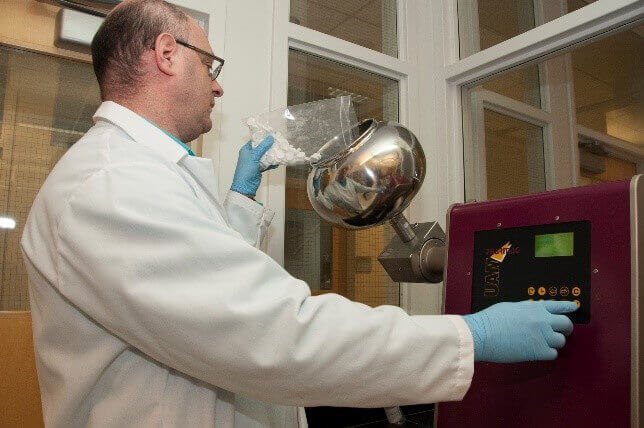
1. To measure and compare formulation performance between two or more drug products.
2. Bioequivalence provides a link between the pivotal and early clinical trial formulation.
3. To determine the therapeutic equivalence between the pharmaceutical equivalence generic drug product and a corresponding reference listed drug.
4. For an innovator drug product, bioequivalence studies establish the performance of the new formulation product intended for marketing with already approved innovator drug product to evaluate safety/efficacy of new formulation drug product. Efficacy vs Potency.
5. To provide information on product quality and performance when there are changes in components, composition, and method of manufacture after approval of the drug product.
